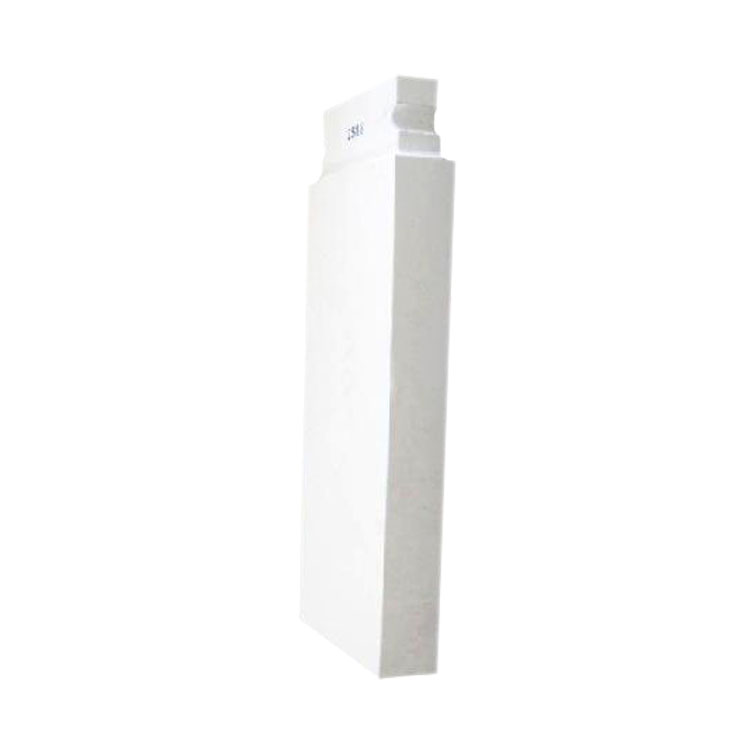.jpg?x-oss-process=image/resize,h_1000,m_lfit/format,webp)
In high-temperature thermal processing, the choice of kiln furniture materials profoundly impacts both production efficiency and product quality. With operational temperatures spanning from 1000ºC to 1300ºC, materials must demonstrate exceptional thermal stability, minimal deformation, and resistance to thermal shock. Cordierite-based low-density porous materials have emerged as a leading solution, exhibiting outstanding performance metrics that address these demanding requirements.
.jpg)
Various traditional kiln furniture materials, including silica brick, alumina, and mullite, have been benchmarked against cordierite porous ceramics. A comparison is essential for selecting the optimum material to reduce operational costs and extend equipment life. Table 1 summarizes critical performance parameters relevant to high-temperature environments:
| Material | Operating Temperature (ºC) | Apparent Porosity (%) | Thermal Shock Resistance (Cycles) | Creep Rate (% at 1200ºC, 100 hrs) | Density (g/cm³) |
|---|---|---|---|---|---|
| Cordierite Porous Ceramic | 1000-1300 | 22-28 | > 100 | ≤ 0.012 | 1.40-1.50 |
| High-Density Silica Brick | 900-1200 | 5-8 | 60-80 | ~0.035 | 2.30-2.40 |
| Alumina Brick | 1200-1600 | 14-18 | 40-50 | ~0.025 | 2.50-2.55 |
From the above comparison, cordierite porous ceramics offer a unique balance of low density (around 1.45 g/cm³) and high porosity that enhances thermal insulation. Its critical advantage lies in its superior thermal shock resistance—withstanding over 100 rapid temperature cycles—substantially exceeding conventional alumina and silica bricks. Moreover, its remarkably low creep rate (<0.012% after 100 hours at 1200ºC) preserves dimensional stability during prolonged operations, directly translating to longer kiln furniture lifespan and fewer production interruptions.

In high-volume ceramic manufacturing and metal heat treatment plants, operational consistency is paramount. Several case studies have demonstrated that replacing traditional dense silica bricks with cordierite porous materials reduces overall kiln energy consumption by 5-8%, due to its superior insulation and lower thermal mass. Additionally, maintenance intervals lengthen by up to 30%, decreasing unplanned downtime costs. These benefits cumulatively improve throughput and reduce total cost of ownership.
Furthermore, the material’s inherent low density eases handling and installation, reducing labor intensity and mechanical stress on kiln supports. This feature not only improves worker safety but also minimizes structural fatigue on kiln frameworks, extending the equipment's operational life.

Selection of kiln furniture should align closely with the intrinsic thermal cycling conditions, maximum operating temperatures, and mechanical load demands specific to each manufacturing process. For intermittent high thermal shock exposure—such as rapid cooling or frequent temperature modulation—cordierite porous materials are strongly recommended due to their resilience.
In continuous high-temperature environments (>1350ºC) with stable temperature profiles, alumina bricks may be suitable, though at the cost of lesser thermal shock resistance. Conversely, for applications below 1100ºC where minimizing thermal conductivity is prioritized, the low-density cordierite porous bricks provide superior insulation with minimal weight penalty.
Implementing scientifically selected kiln furniture materials such as cordierite porous ceramics optimizes thermal processing stability, reduces operational risks, and maximizes overall plant efficiency.
Unlock the full potential of your high-temperature processes today.
Contact Our Technical Experts for Customized Kiln Furniture Solutions
